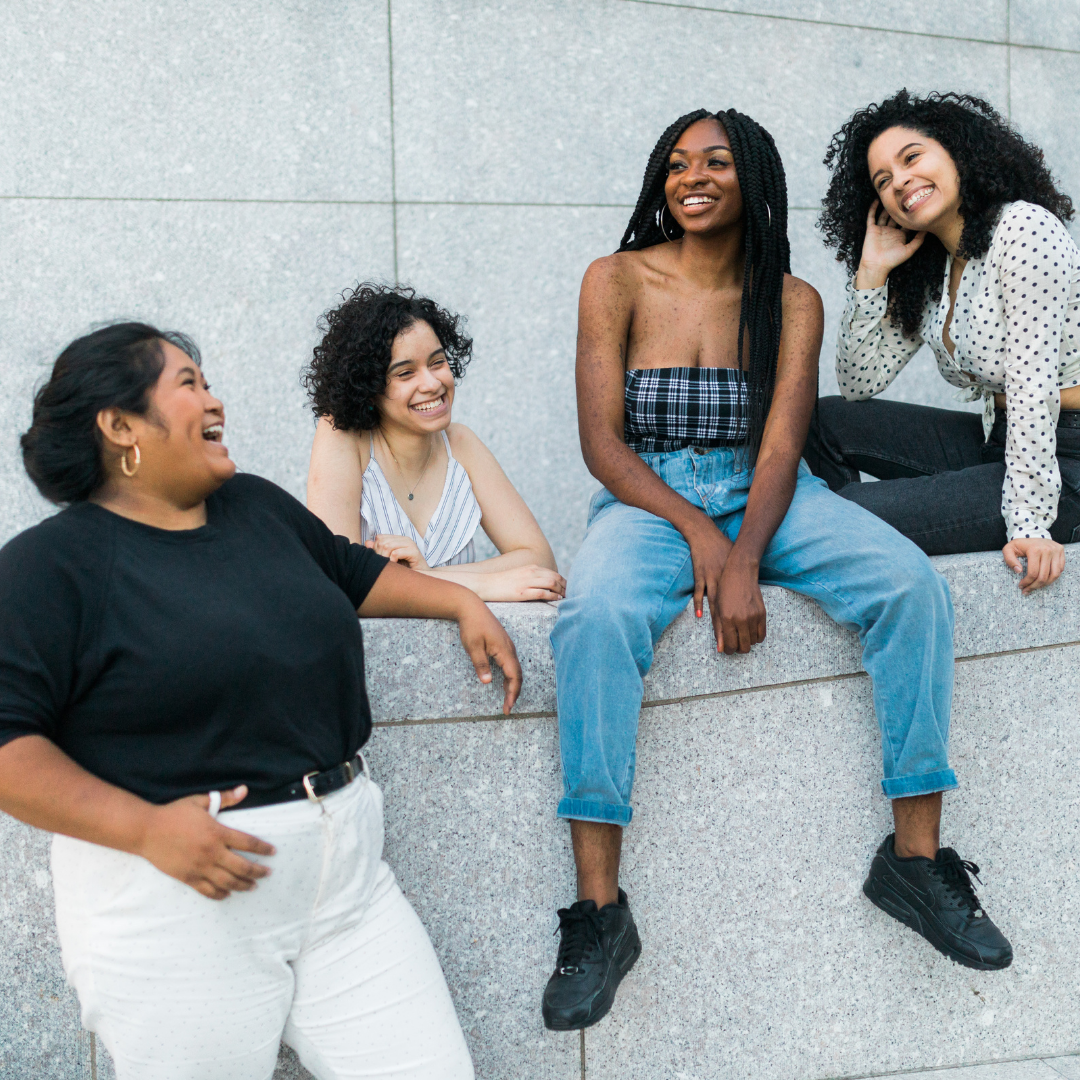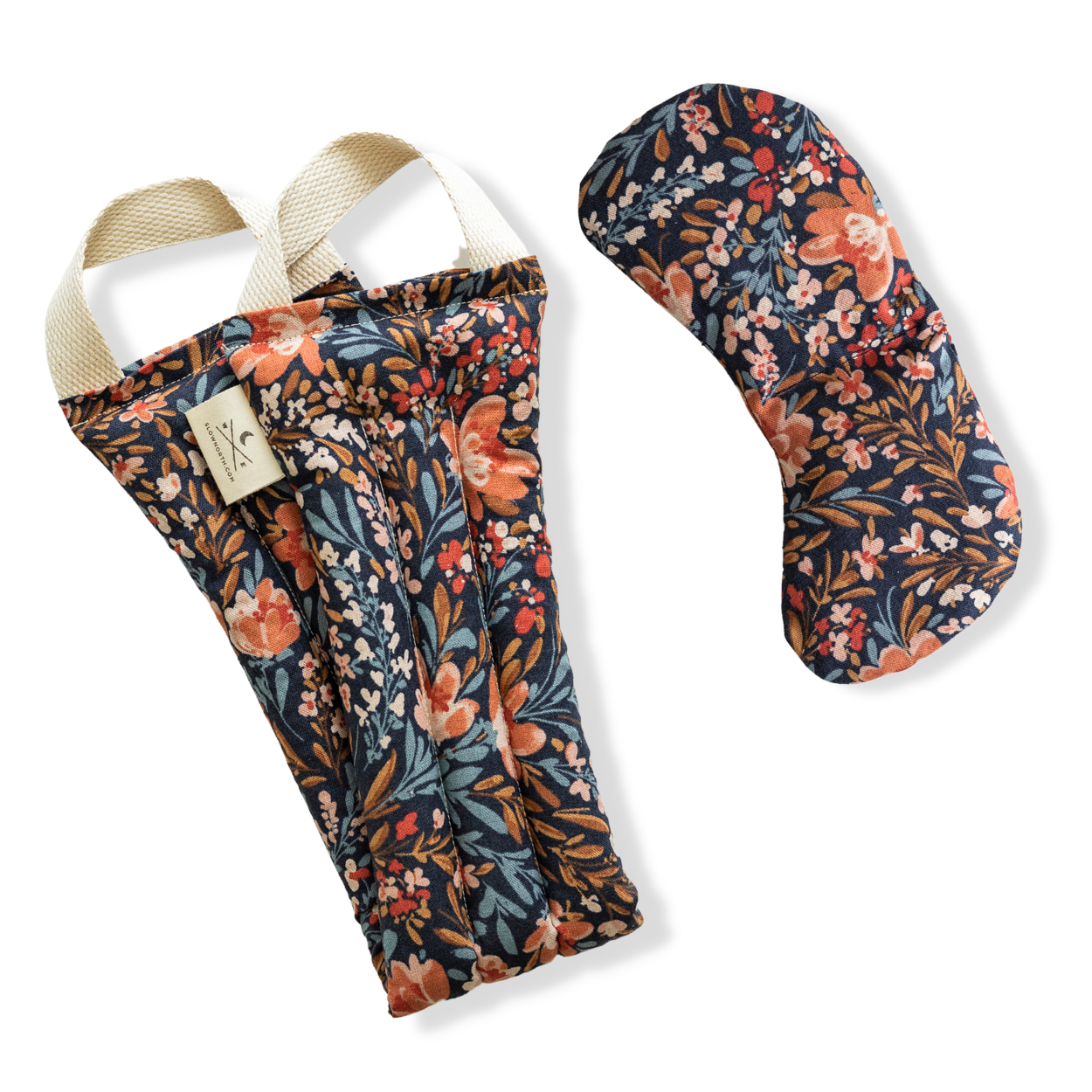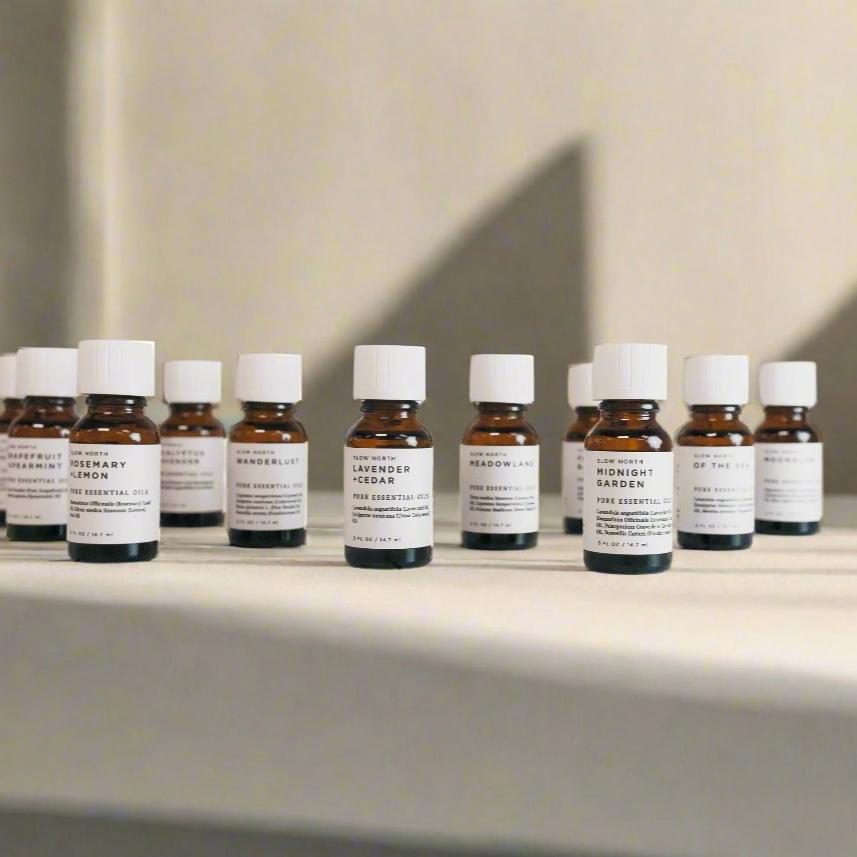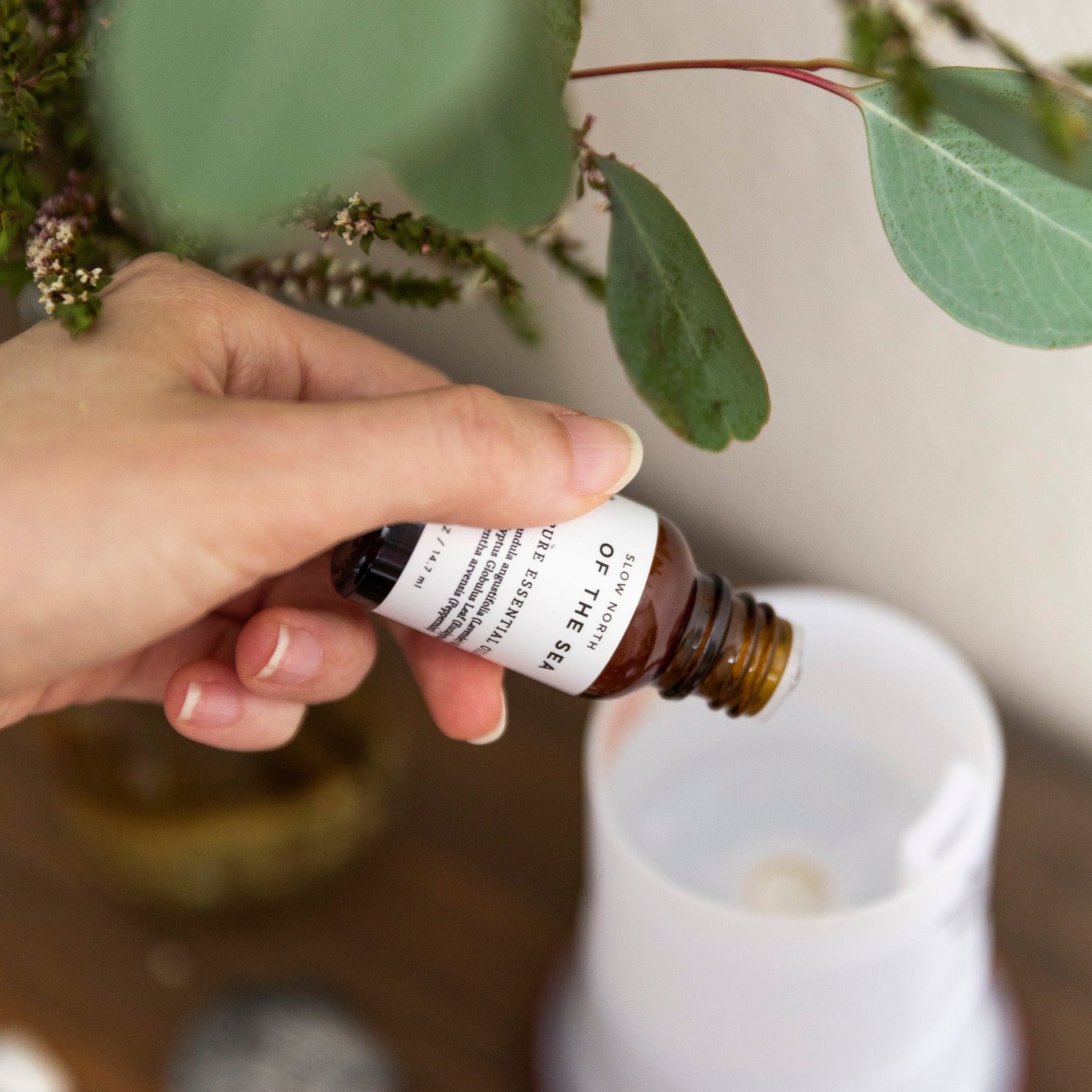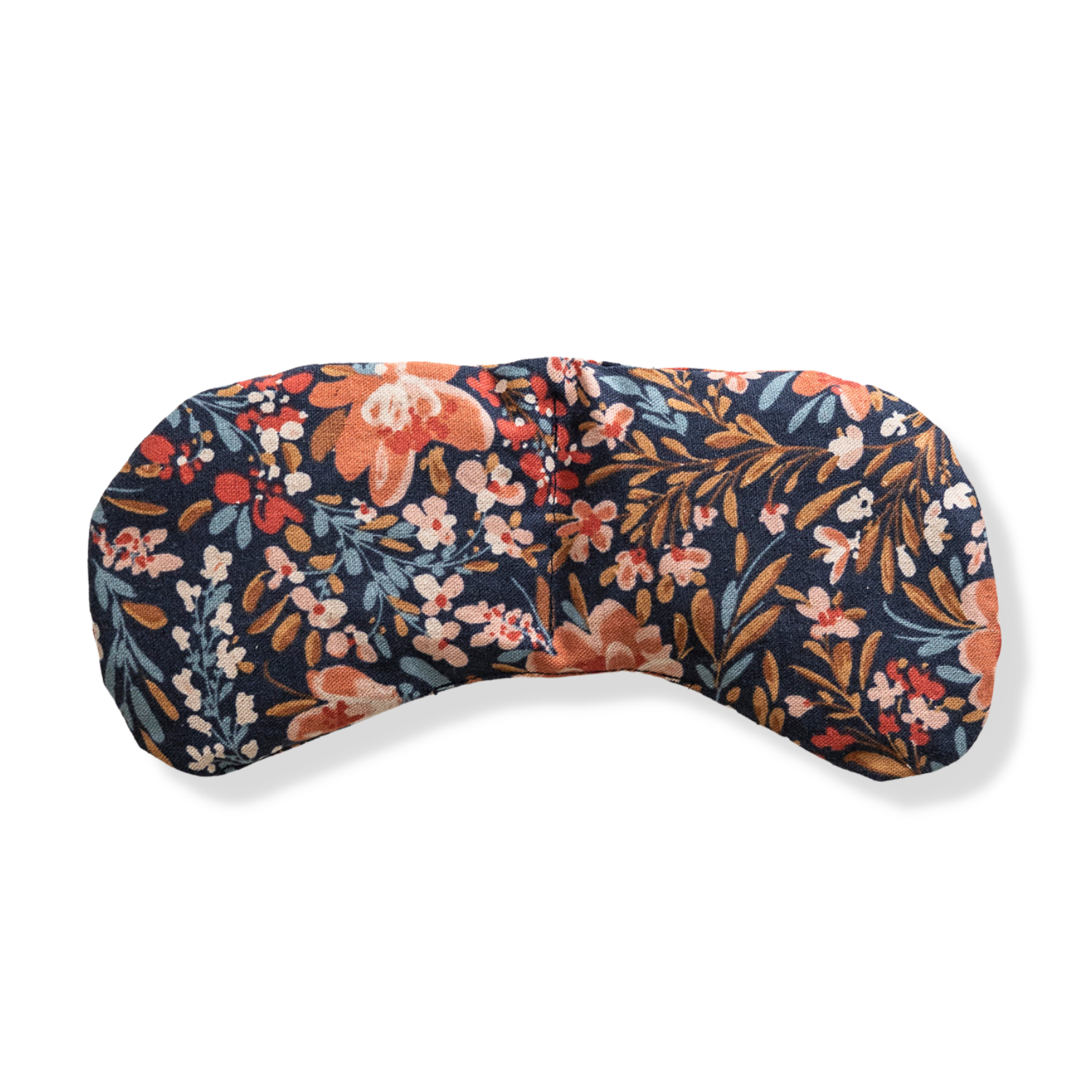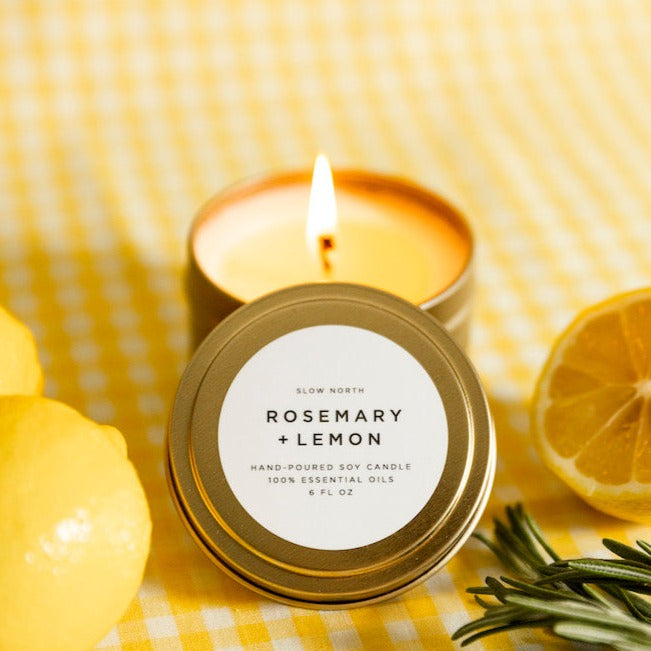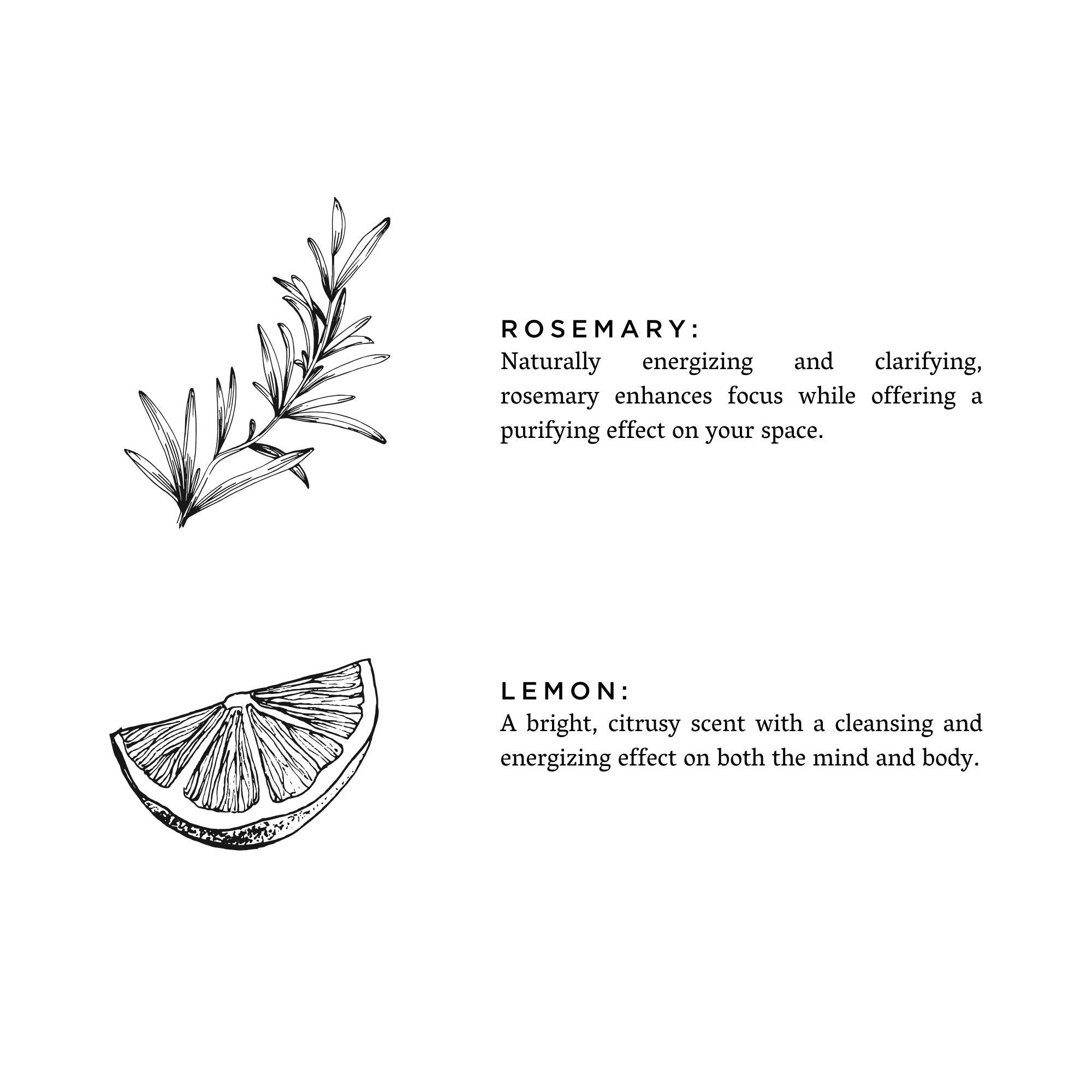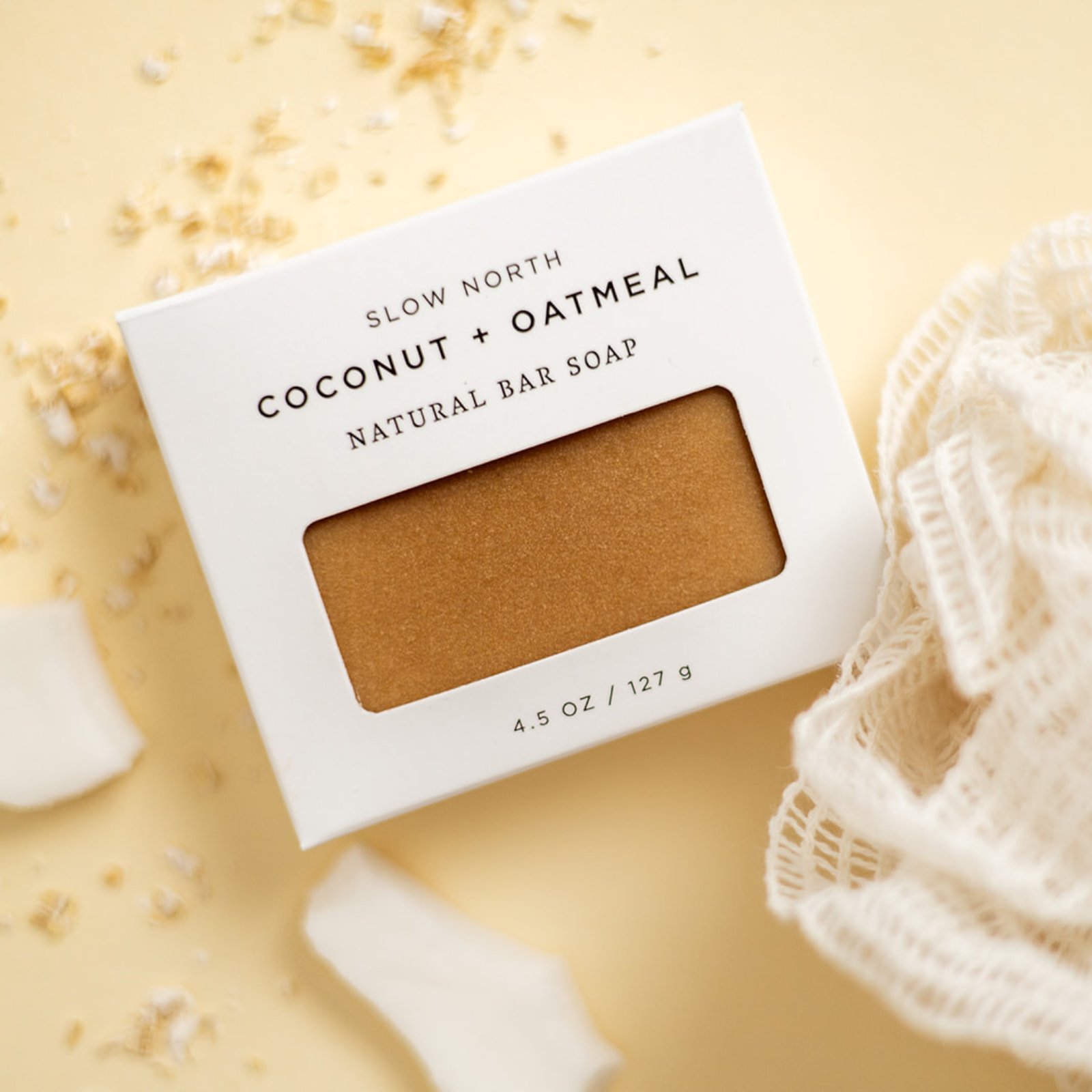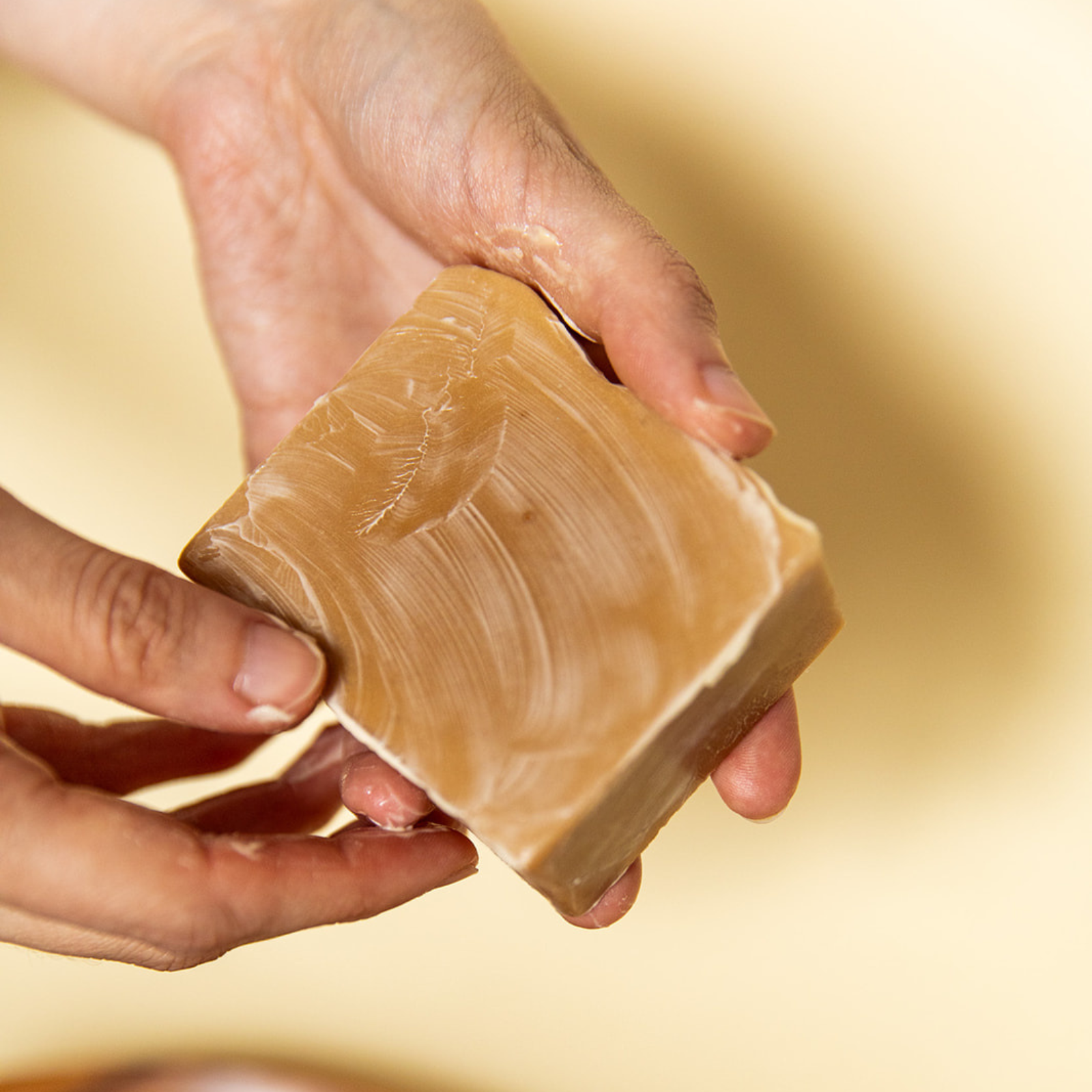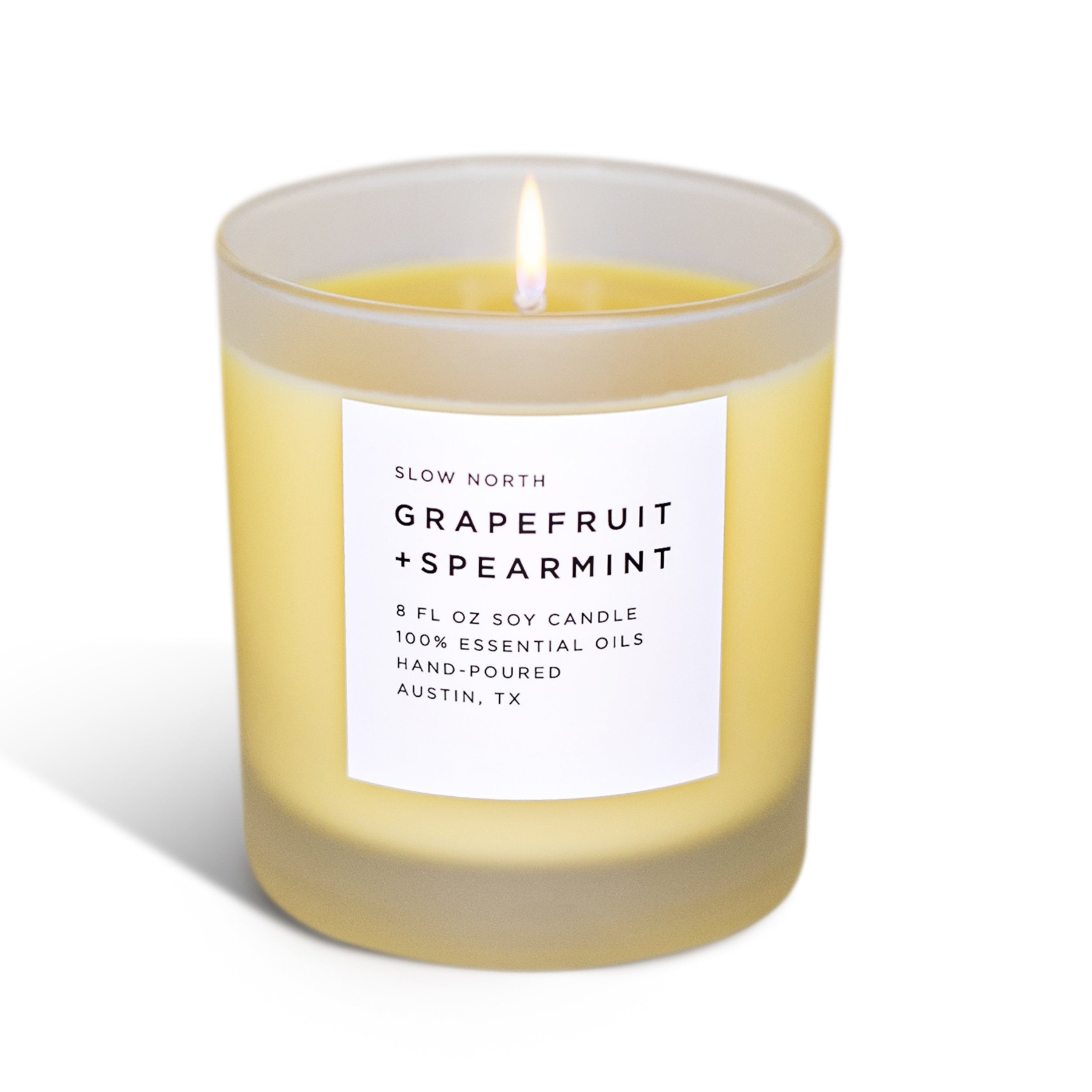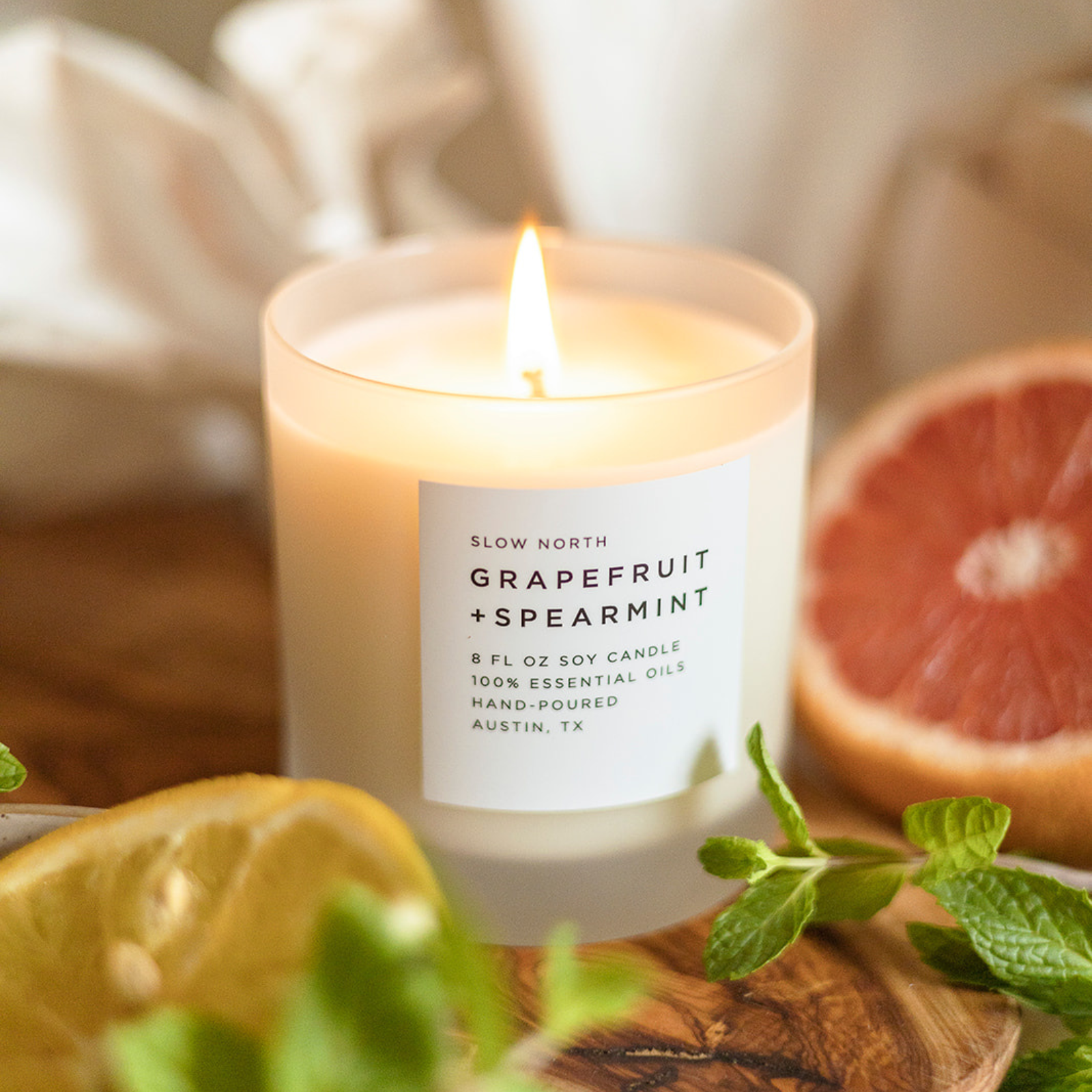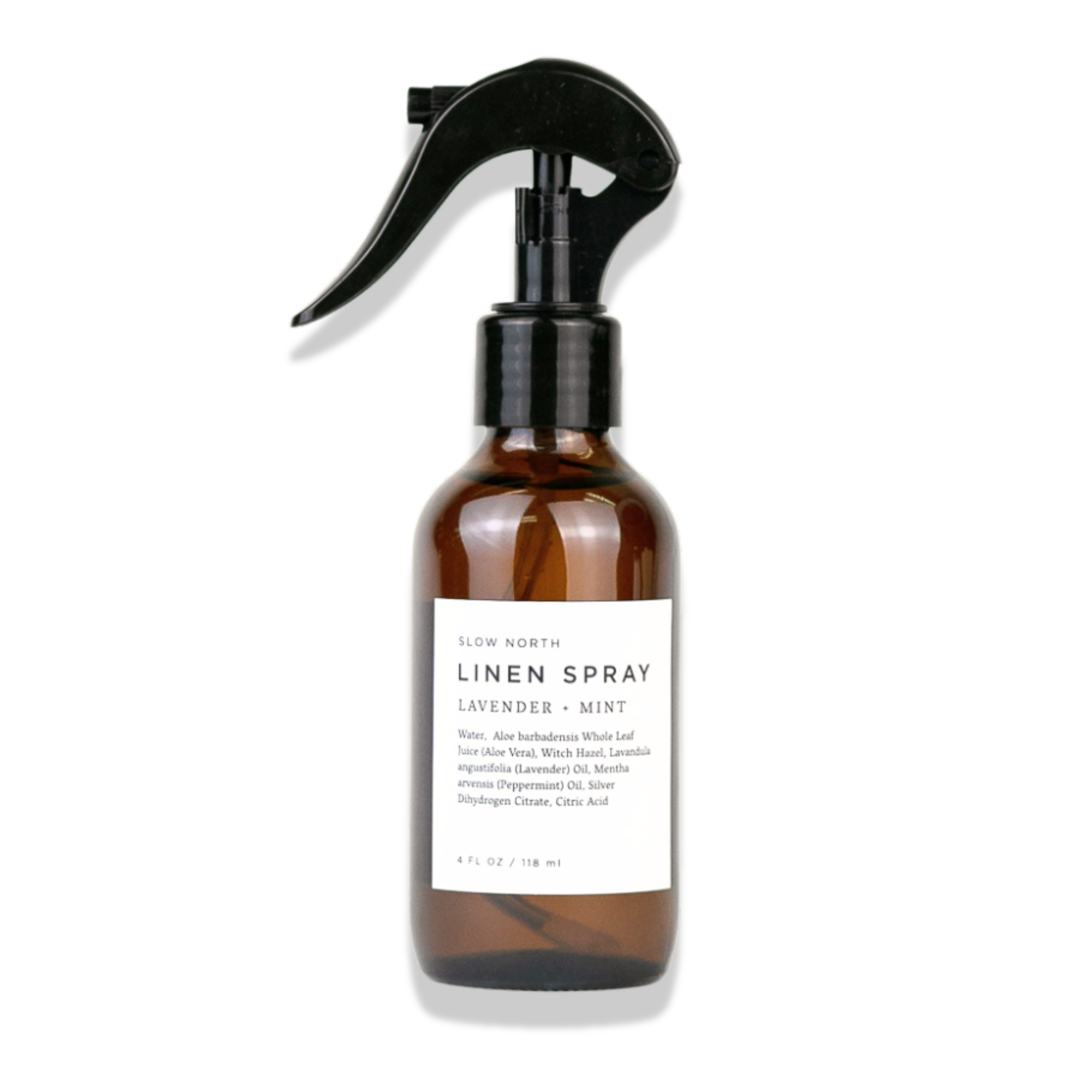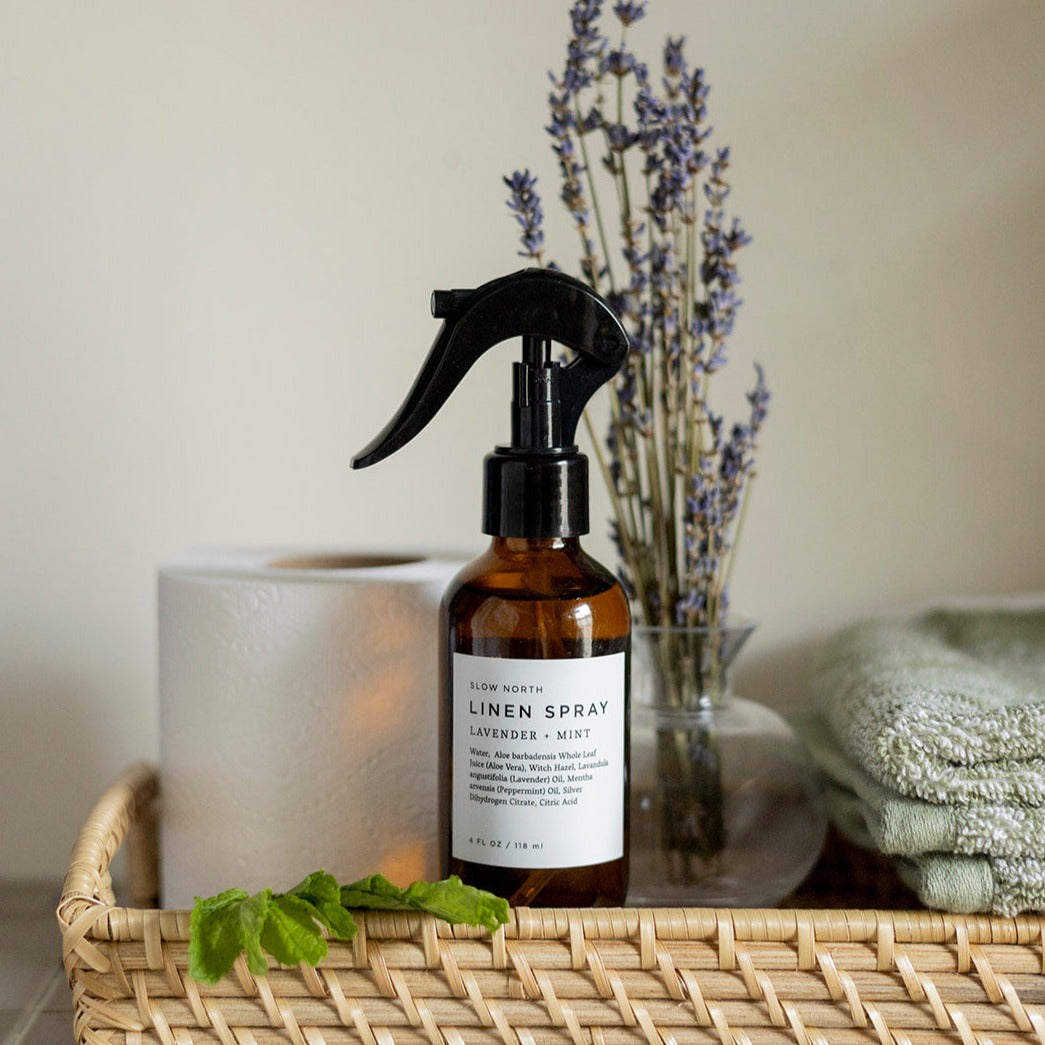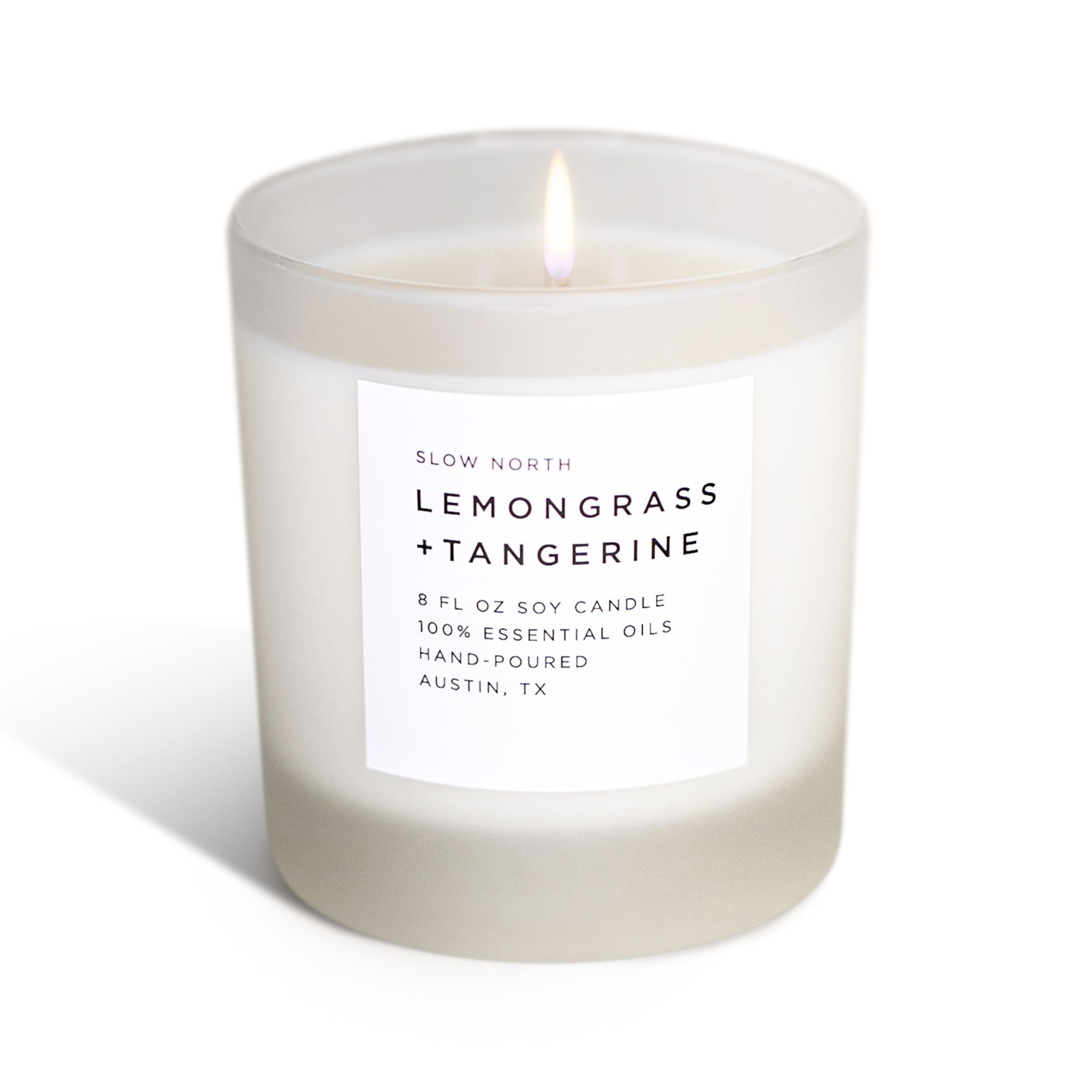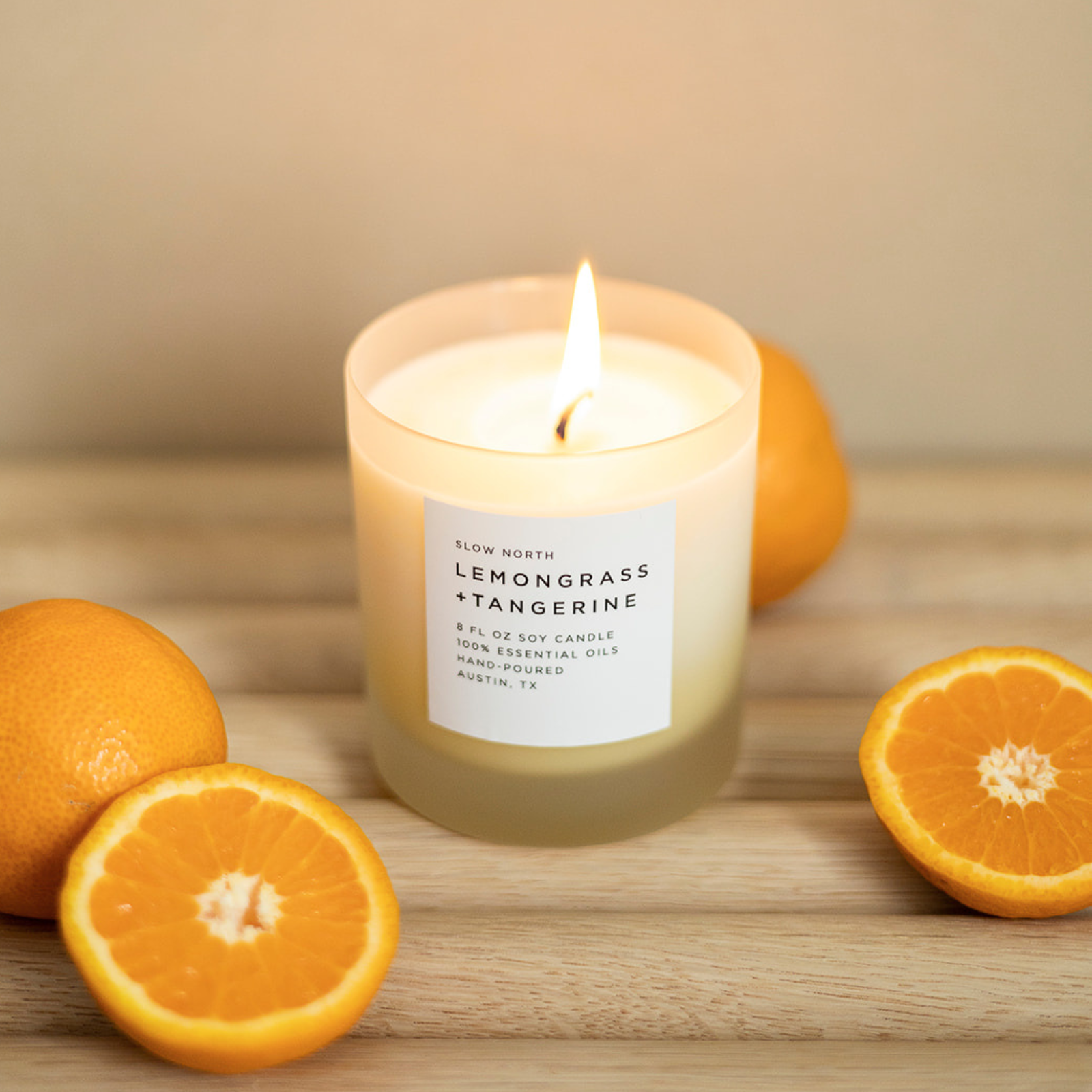This Black History Month, we’re paying tribute to the amazing Black environmental activists in the U.S., both of the past and the present. The list of those who have contributed to environmental stewardship in the U.S. is far too long to put in this article — but we’re highlighting a handful that have made significant leaps and bounds in the field.
There are a few reasons why it’s important to recognize and celebrate the work of Black environmentalists. To start, outdoor and recreational activities have traditionally served white communities. The lack of diversity in outdoor spaces is a brash reminder of how racist economic and social policies impact every aspect of peoples’ livelihoods, including who has access to the outdoors.

Throughout history and to this day, Black communities have been denied equitable employment opportunities, access to quality education, and other vital tools necessary for accumulating wealth. Without the means for earning extra disposable income, camping gear, hiking permits, or paid time off are difficult to come by, effectively putting outdoor recreation off the table.
Another reason why this topic is so important is the issue of climate injustice. The climate crisis is most deeply felt in low-income communities and communities of color, exacerbating economic hardship and racial injustices. According to the NAACP, race is the number one indicator for the placement of toxic facilities in the U.S.
What’s more, BIPOC (Black and Indigenous people of color) communities have also been historically excluded from or severely punished for practicing natural, herbal healing rituals. Herbalism promotes the connection of humans and nature, and so it’s important to also celebrate the work of the people reclaiming their ancestral healing practices.
These six Black environmentalists are working (or have worked) to uproot the status quo, cultivate healthier communities, and fight for a better planet for all:
1. Rue Mapp
Rue Mapp is the founder of Outdoor Afro, a cutting-edge network that celebrates and inspires Black connections and leadership in nature. Mapp oversees a team of volunteers who promote leadership and community building in conservation, connecting thousands of people to nature experiences nationwide. Outdoor Afro also works to connect people to the Black history that can be found all over in nature and inspires communities to protect the public lands available to all.
 Photo of Rue Mapp by OutDoor Afro
Photo of Rue Mapp by OutDoor Afro
2. Peggy Shepard
As a co-founder of WE ACT for Environmental Justice, Peggy Shepard campaigns to address environmental protection and health policy, both in her Manhattan community and nationwide. Since the organization’s inception in 1988, Shepard has combined grassroots organizing, environmental advocacy, and community-based research to become a national leader in advancing environmental policy. She was the first female chair of the National Environmental Justice Advisory Council to the EPA. Shepard also serves on the Executive Committee of the National Black Environmental Justice Network and the Board of Advisors of the Columbia Mailman School of Public Health.
 Photo of Peggy Shepard by WE ACT
Photo of Peggy Shepard by WE ACT
3. Solomon G. Brown
A self-educated “Renaissance man,” Solomon G. Brown (1829–1906) was the Smithsonian Institute’s first Black employee. He worked there for over 50 years, illustrating maps of specimens from lectures and hosting talks on topics such as “The Social Habits of Insects.” He wasn’t only an excellent naturalist, but also prolific illustrator, lecturer, philosopher, and poet. Additionally, Brown was a community activist, committed to improving education and gaining opportunities for Black Americans. He hosted multiple community events and picnics, one of which was attended by Frederick Douglass.
 Photo of Solomon G. Brown
Photo of Solomon G. Brown
4. Dr. Robert Bullard
Commonly referred to as the “father of environmental justice,” Dr. Robert Bullard’s list of accomplishments seems endless, but we’ll try and summarize it as best we can! Dr. Bullard is a Distinguished Professor of Urban Planning and Environmental Policy at Texas Southern University. He is an award-winning author of eighteen books, addressing issues such as sustainable development, environmental racism, urban land use, industrial facility siting, community reinvestment, housing, transportation, climate justice, disasters, emergency response, and community resilience, smart growth, and regional equity. His work has had such a profound impact on the environmental justice movement that he was awarded the United Nation’s highest environmental honor, the Champions of the Earth Lifetime Achievement Award, among multiple others.
5. Henrietta Phelps Jeffries
Born in 1857, Henrietta Phelps Jeffries was an African American midwife and a founding member of the Macedonia A.M.E. Church in Milton, North Carolina. Despite the laws against midwifing at the time, Jeffries continued to share her wisdom of plants to facilitate safe births for her community. She was brought to trial and found guilty by 12 white men for “practicing unlawful medicine,” but her community and the judge came to her rescue — when asked who had been delivered by this woman, the entire court stood up. She was granted permission to continue practicing midwifery and did so until her death. In a time where practicing herbal healing has gained momentum in all communities, we want to take a moment to recognize those who came before us and who paved the way for future generations of herbalists!
 Photo of Henrietta Phlps Jeffries
Photo of Henrietta Phlps Jeffries
6. Mikhail Martin
Mikhail Martin is a software engineer and the co-founder of Brothers of Climbing, an organization dedicated to bringing diversity to the rock climbing community. After realizing the lack of diversity in the rock climbing community, Martin decided to do something about it. He founded Brothers of Climbing in 2012 along with David Glace and Andrew Belletty, creating a coalition of bloggers, athletes, activists, and entrepreneurs to promote diversity in outdoor spaces.
 Photo of Mikhail Martin
Photo of Mikhail Martin

Cecilia Seiter
Cecilia is a freelance writer and contributor to Slow North. She writes largely about sustainability, especially as it applies to beauty, wellness, and the future of technology. She is a graduate of the journalism department at Cal Poly, San Luis Obispo and is based in Los Angeles, CA.



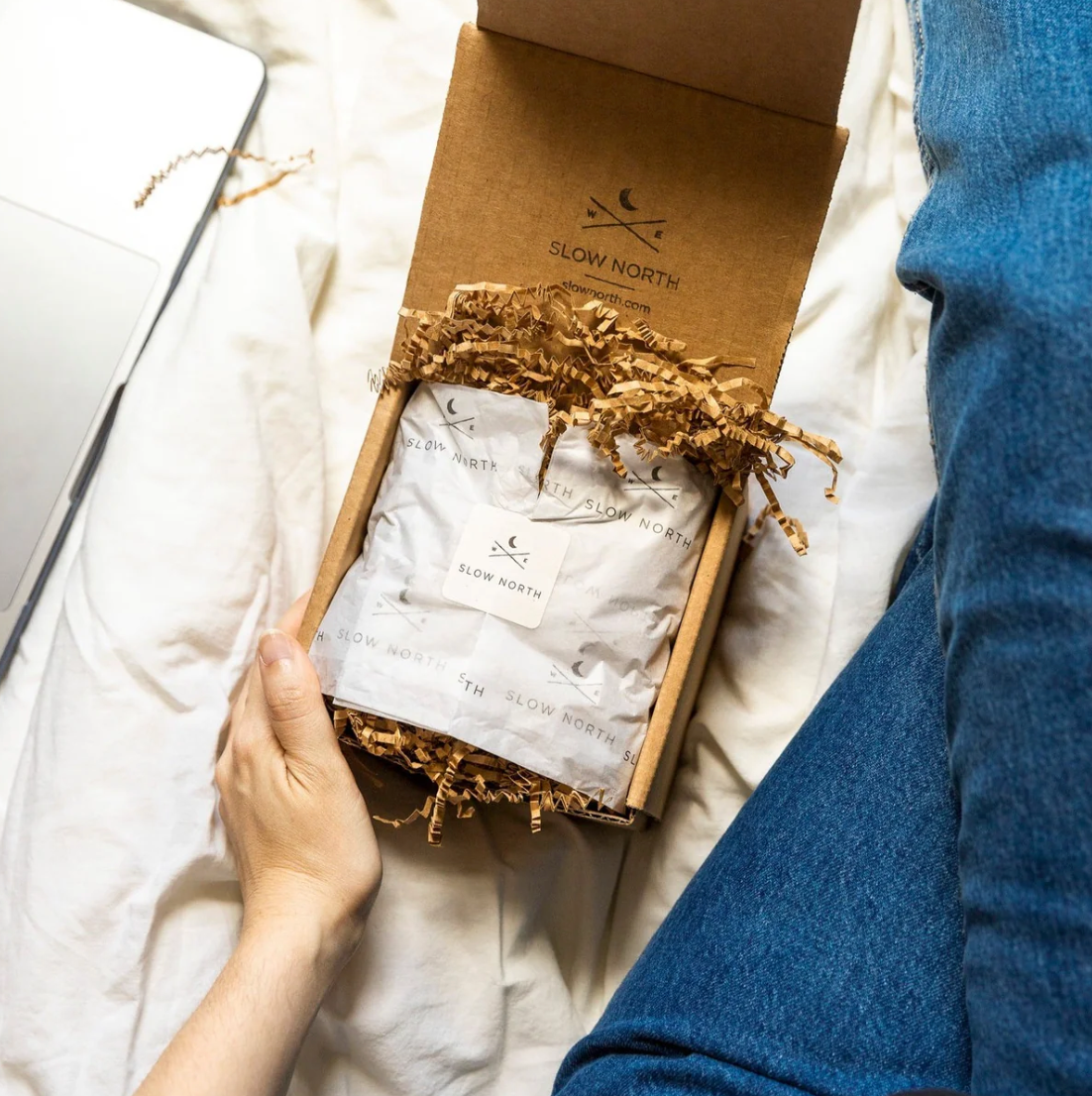


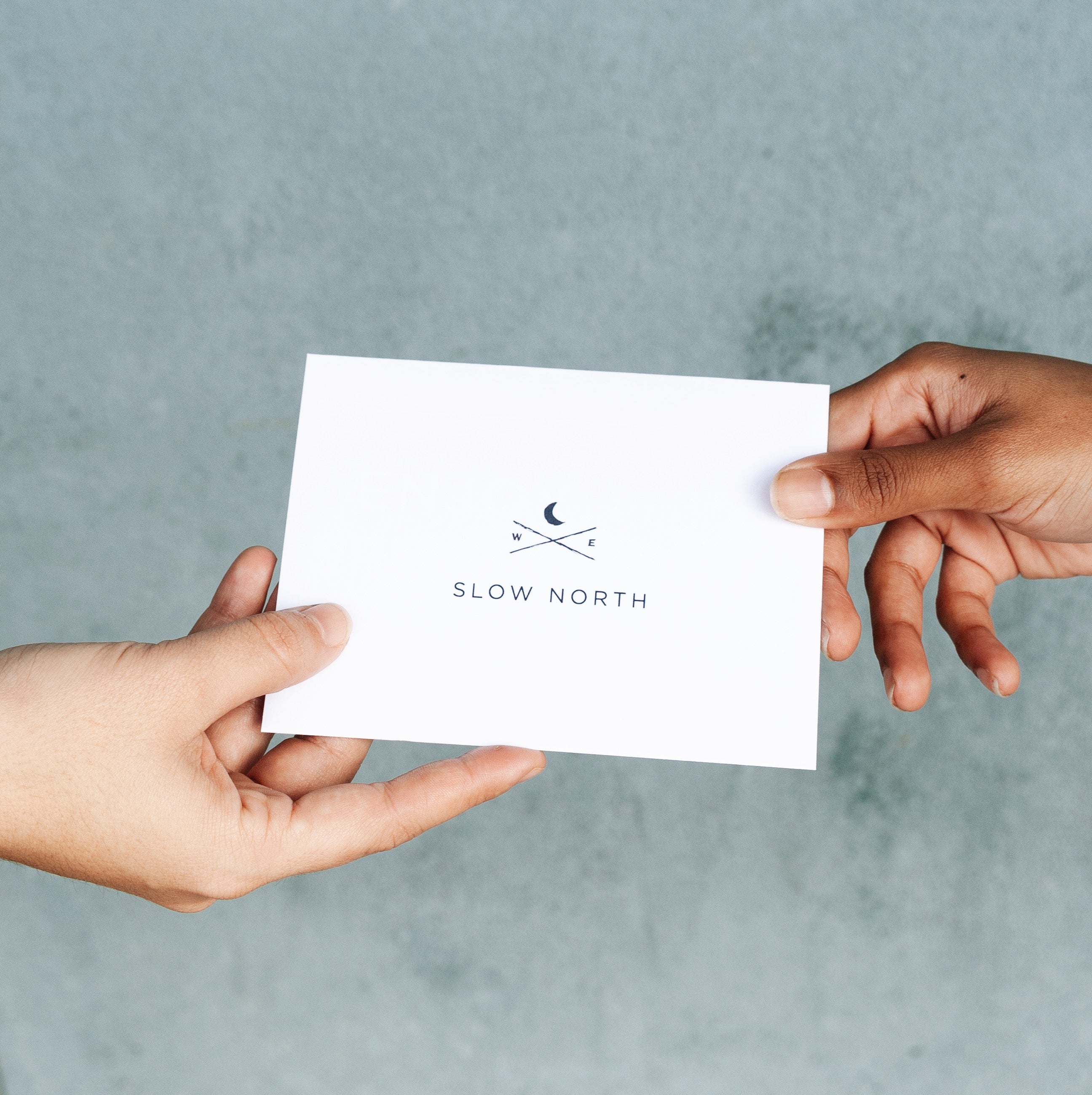
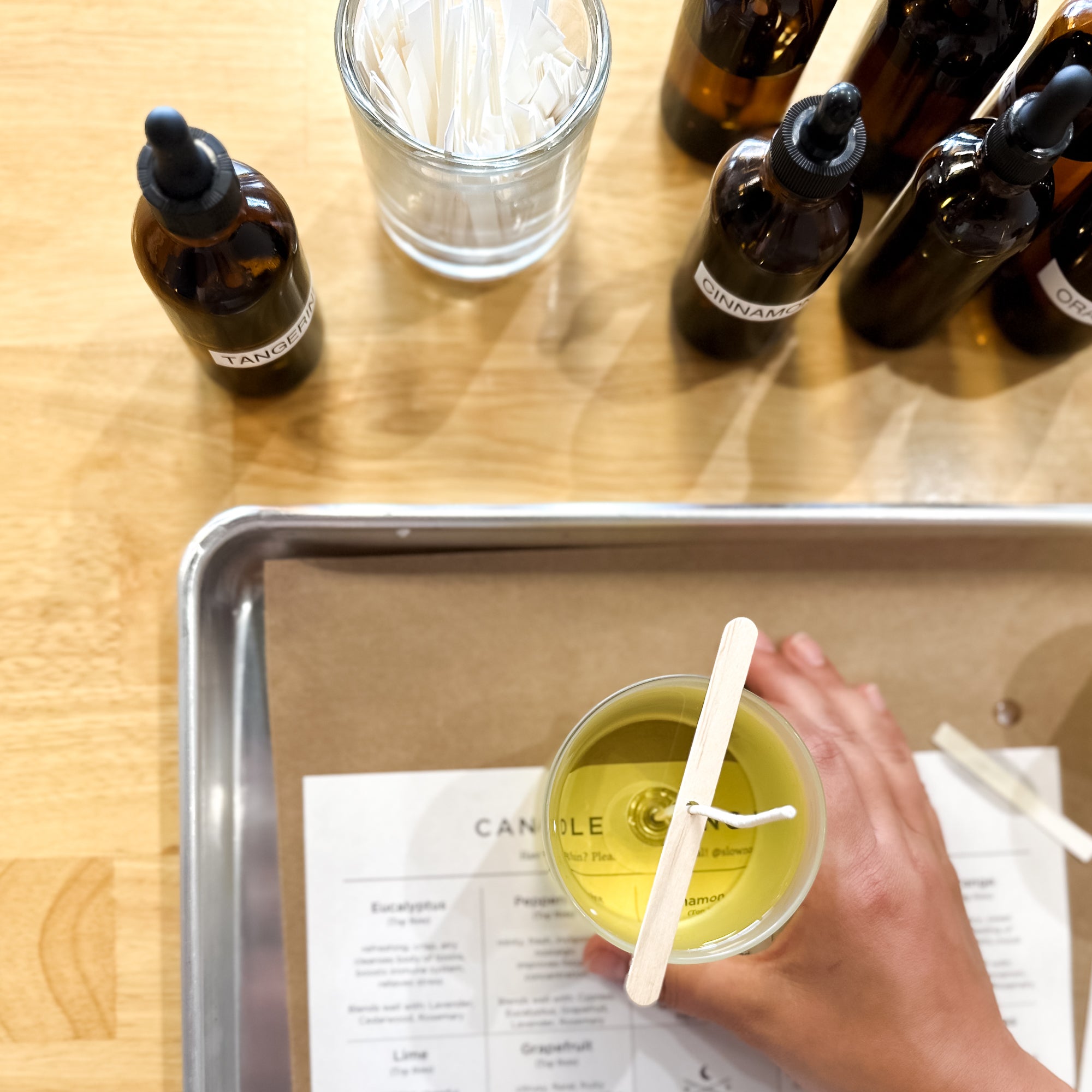
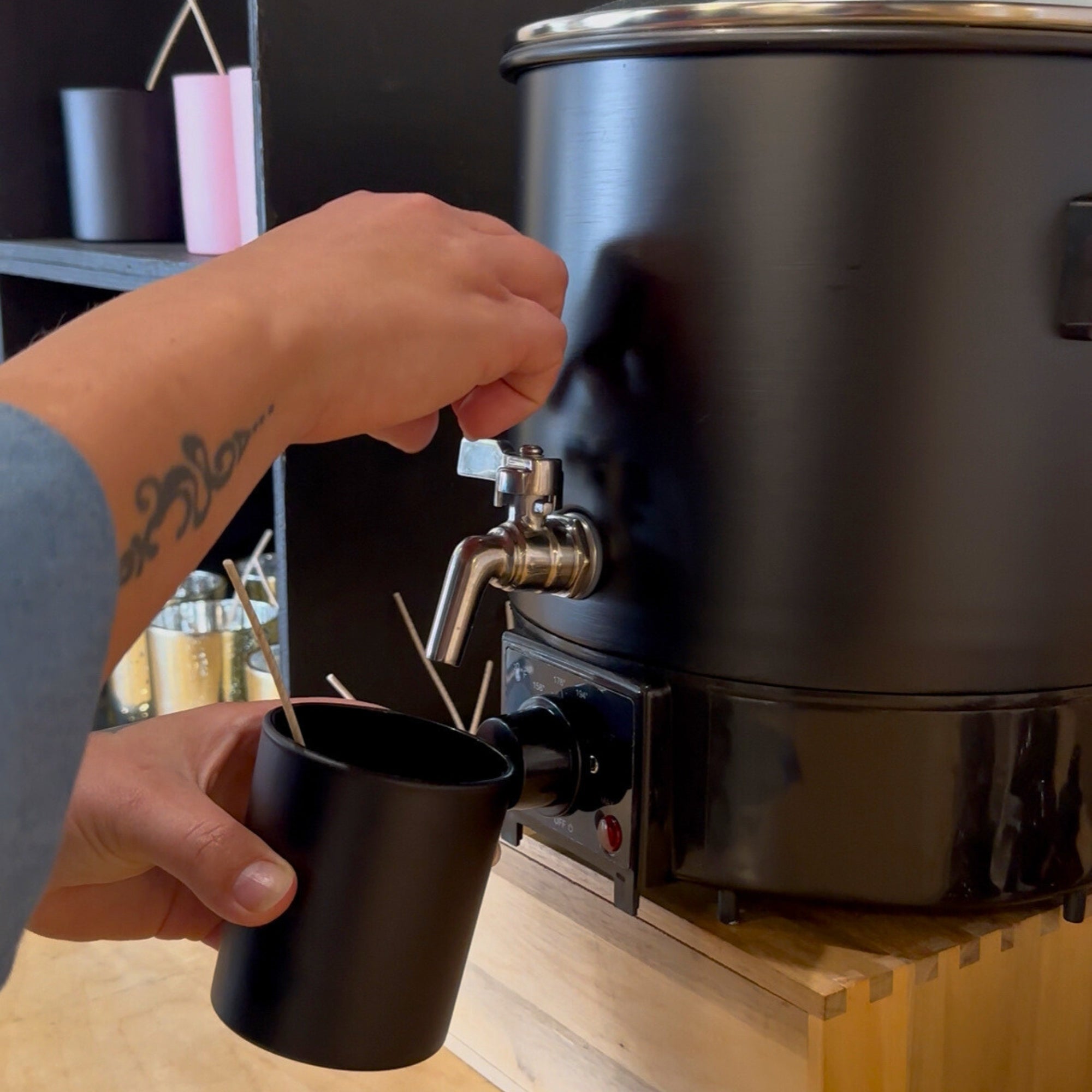
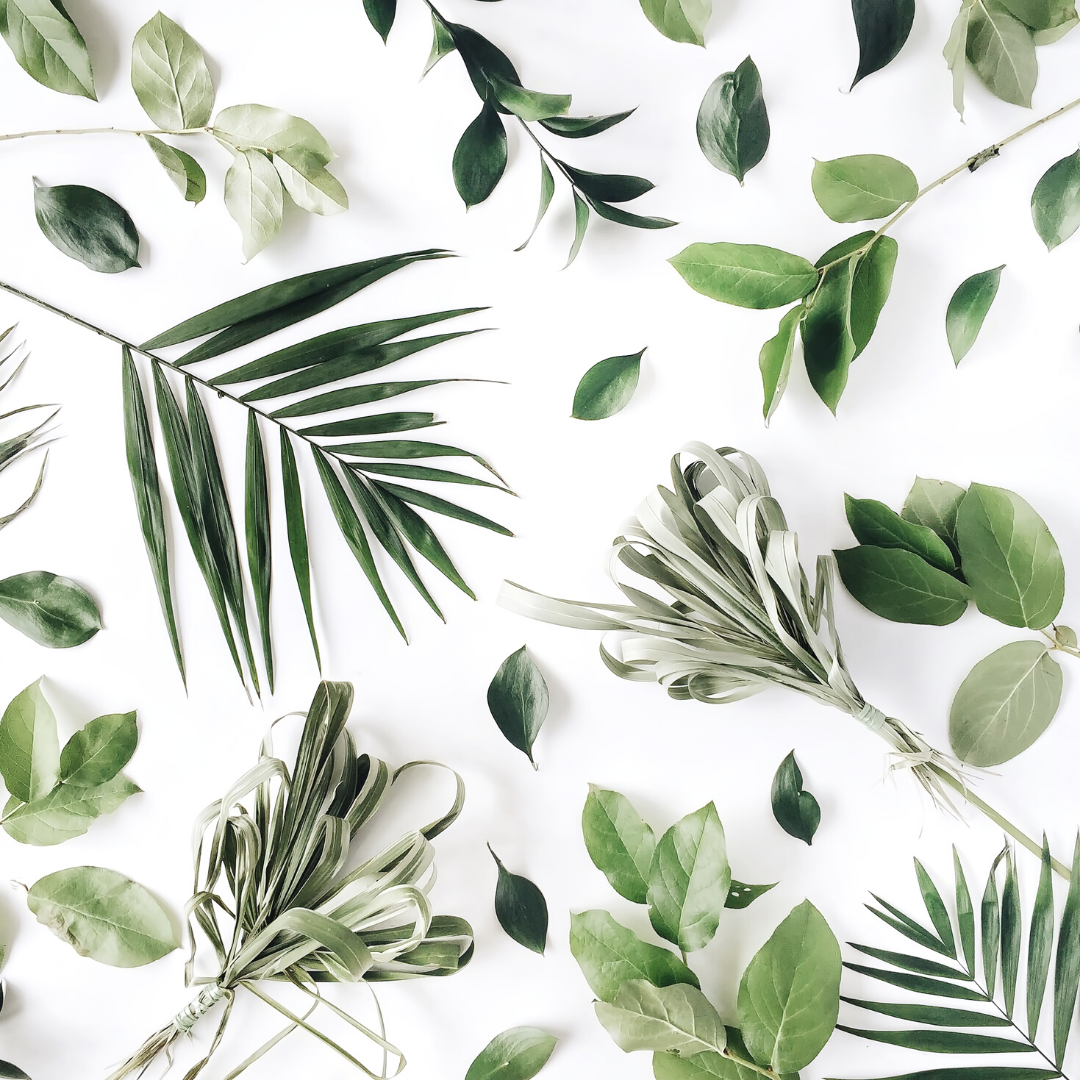




 Photo of
Photo of 

